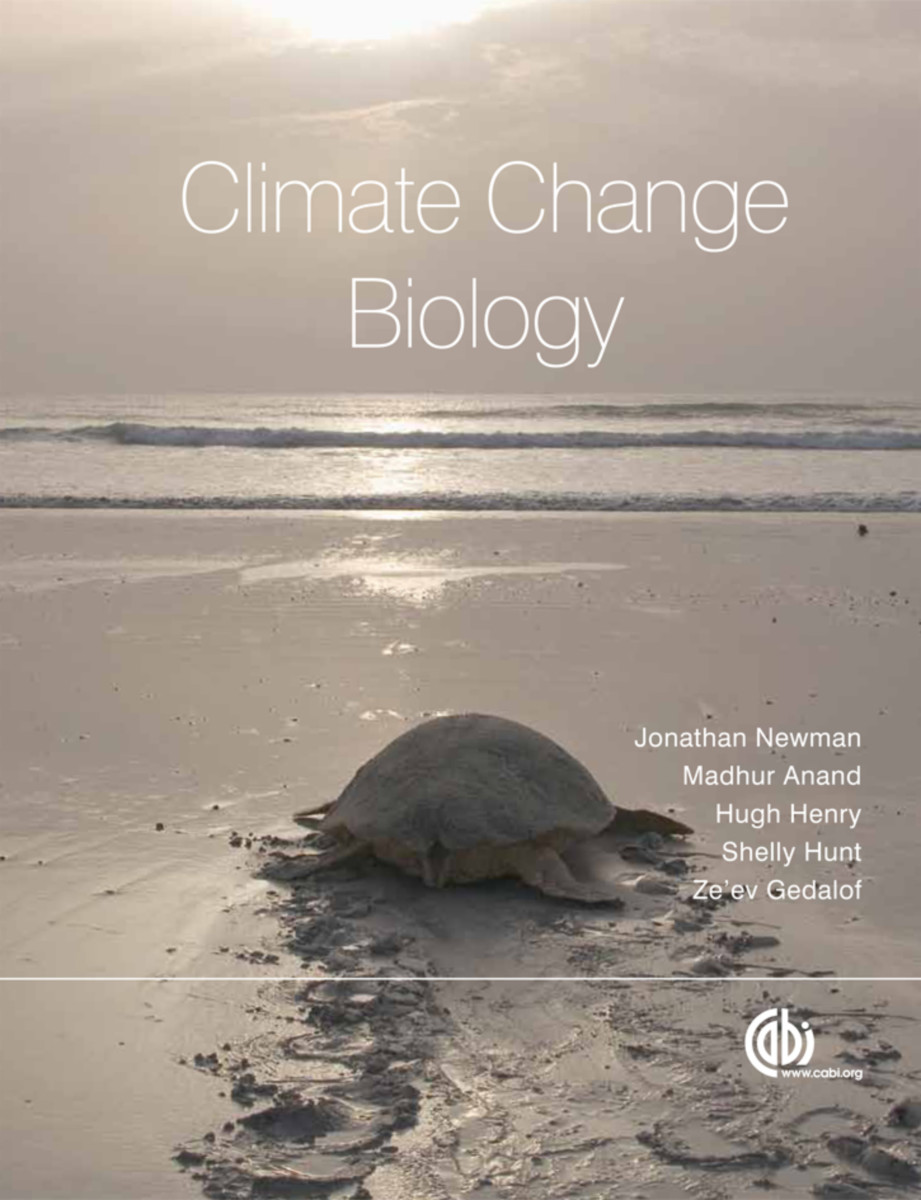Climate Change Biology
- Publisher
CABI - Published
16th August 2011 - ISBN 9781845936709
- Language English
- Pages 288 pp.
- Size 6.875" x 9.75"
- Images 4-color throughout
- Request Exam Copy
- Publisher
CABI - Published
16th August 2011 - ISBN 9781845937485
- Language English
- Pages 288 pp.
- Size 6.875" x 9.75"
- Images 4-color throughout
- Request Exam Copy
Climate change has moved from a contested phenomenon to the top of the agenda at global summits. Climate Change Biology is the first major textbook to address the critical issue of how climate change may affect life on the planet, and particularly its impact on human populations. Presented in three parts, the first deals extensively with the physical evidence of climate change and various modelling efforts to predict its future. Biological responses are then addressed from the individual's physiology to populations and ecosystems, and further to considering adaptation and evolution. The final section examines the specific impact climate change may have on natural resources, particularly as these relate to human livelihood.
This volume will be a useful asset to the growing number of both undergraduate and graduate courses on impacts of climate change, as well as providing a succinct overview for researchers new to the field.
"In summary, this book is a real challenge for all those working along the human food chain and it will be very helpful for students in biology who are interested in aspects of climate change. It is also fruitful for teachers in this field and researchers in different fields of the life sciences such as plant breeding, plant cultivation, animal physiology, nutrition and health."
Gerhard Flachowsky, Institute of Animal Nutrition, Friedrich-Loeffler-Institute (FLI), Germany - , Animal Feed Science and Technology
Preface
Glossary
Part One. Preliminaries
1. Putting it in Perspective: the Paleorecord and Climate Reconstructions
2. Projecting Future Climates
3. Methods for Studying the Impacts of Climate Change
Part Two. Impacts from Physiology to Evolution
4. Physiological Responses
5. Population Responses in Time and Space
6. Community composition and dynamics
7. Ecosystem Responses
8. Evolutionary Responses to Climate Change
Part Three. Applications
9. Responses by Soil Organisms
10. The future of forest productivity
11. The future of agricultural production
12. Impacts on biodiversity
Part Four. Final Considerations
13. Multiple Stressors
14. The Limits of Science.
References
Index
Jonathan A. Newman
Jonathan A. Newman is at the Department of Environmental Biology, University of Guelph, Canada.
Ze'ev Gedalof
Ze'ev Gedalof teaches in the Department of Geography, University of Guelph, Canada.
Shelley L. Hunt
Shelley L. Hunt is in the Department of Integrative Biology, University of Guelph, Canada.
Madhur Anand
Madhur Anand teaches in Department of Geography, University of Guelph, Canada.
Hugh A. L. Henry
Hugh A. L. Henry teaches in Department of Environmental Biology, University of Western Ontario, Canada.


